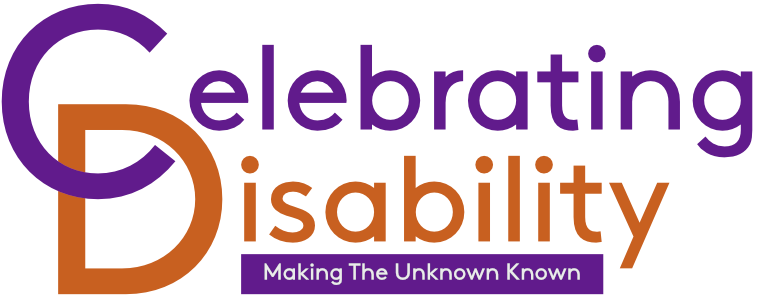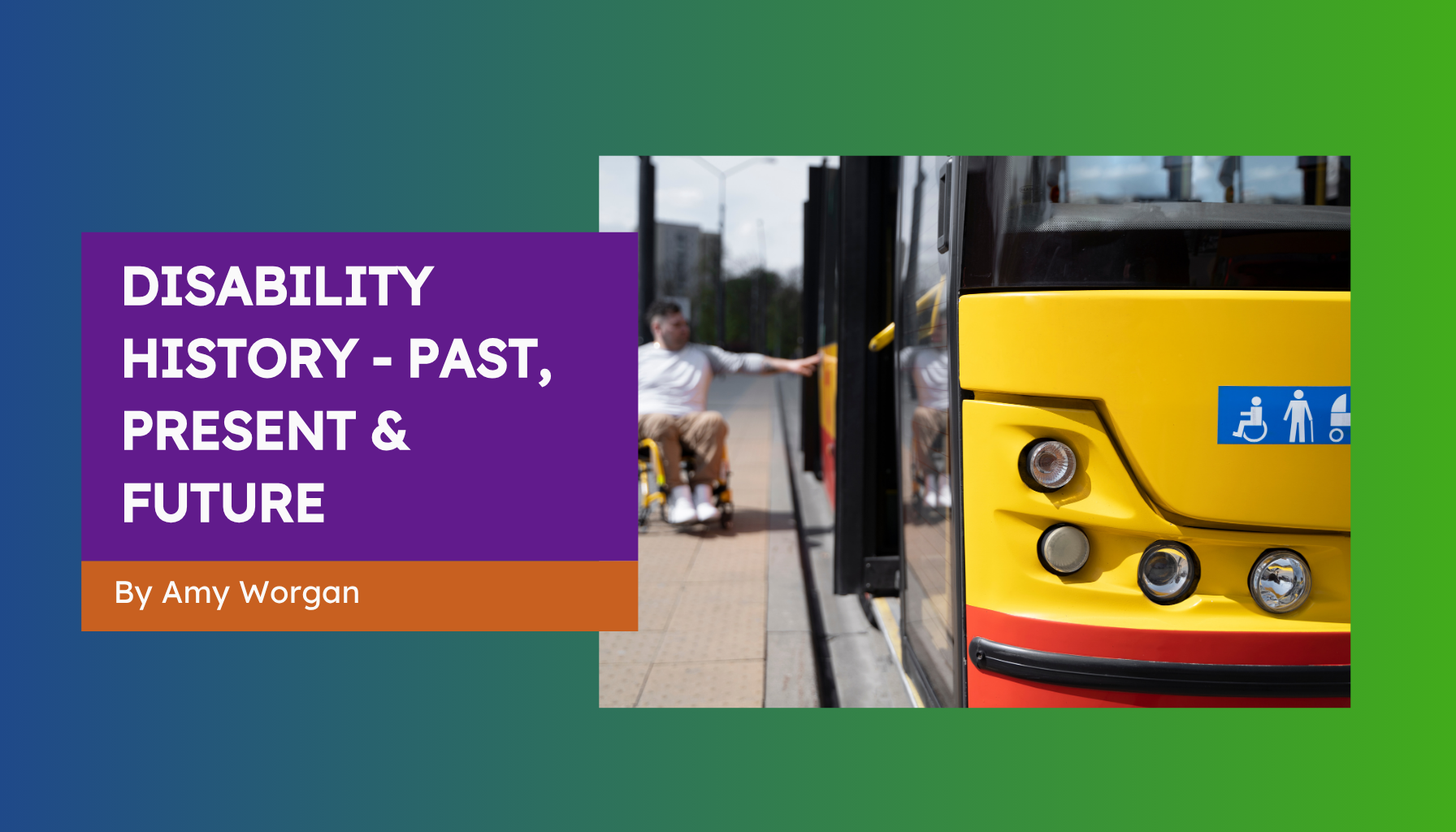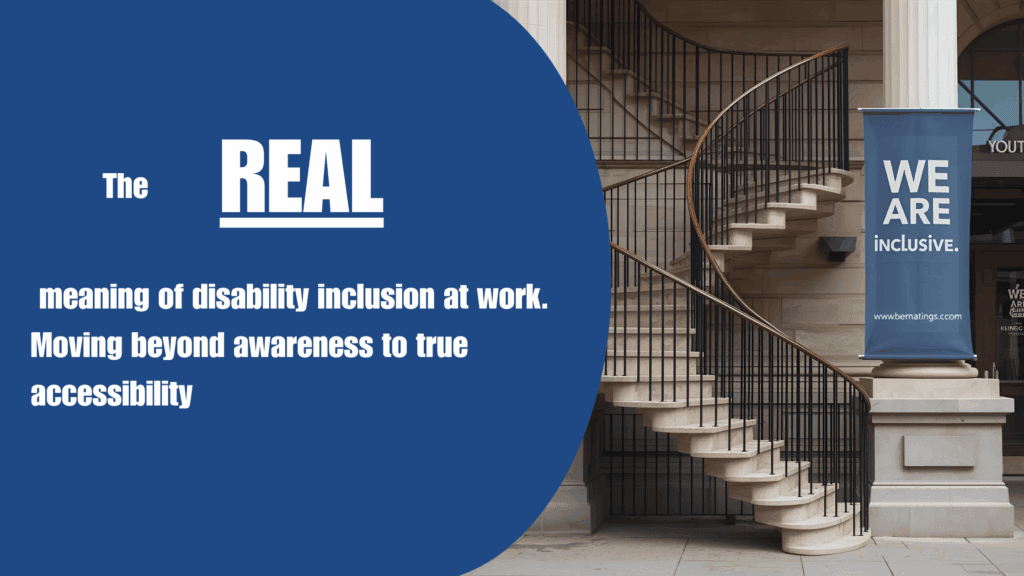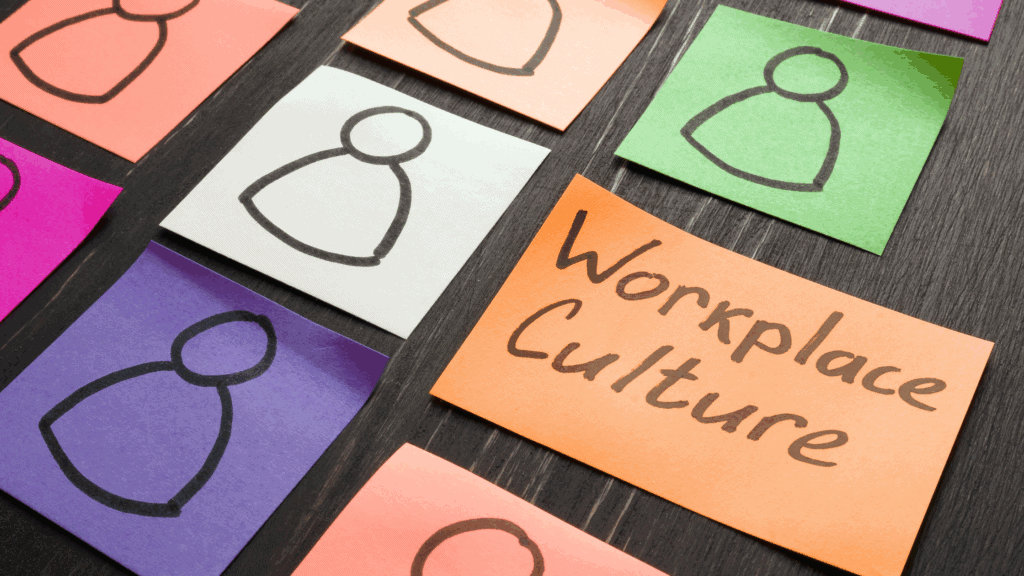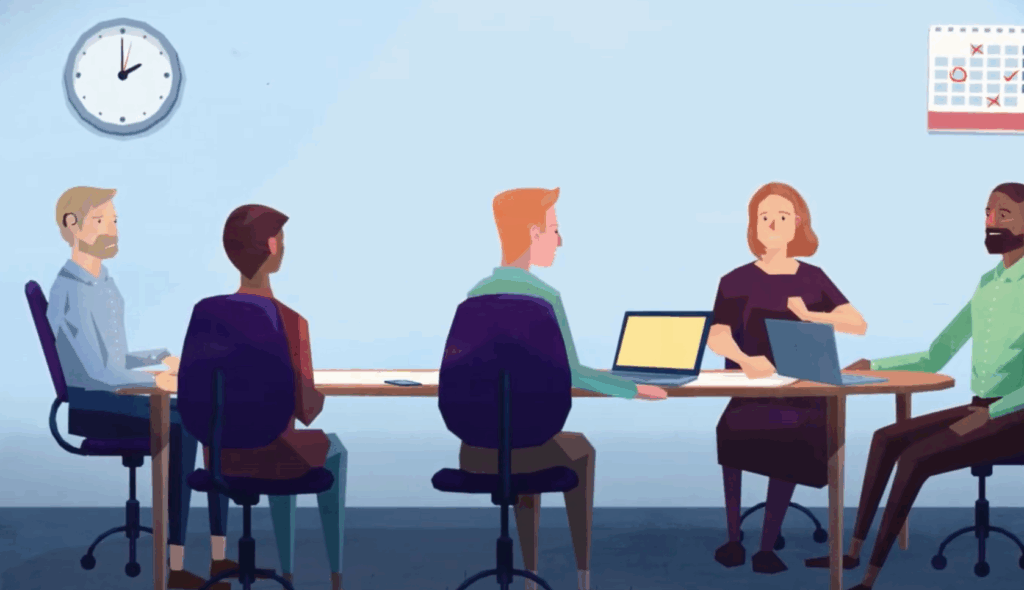Introduction
Did you know that Celebrating Disability is based on the legacy of the disability movement and disability rights in the UK from the early 80s onwards? This bloke explores the history of disability rights and how we all have a responsibility and power to ensure that it continues into the future.
Whether you’re reading this blog as a disabled person or an ally of disability inclusion, our history has helped shape the world we see today. A world where removing barriers for disabled people opens up more opportunity, creativity, and fairness for everyone.
This blog will cover a brief history of modern disability activism from the 1980s to today, looking at the evolving landscape of work, policy, and inclusion. We’ll also examine how activism has adapted under a government whose recent policies threaten to strip disabled people of both independence and opportunity, and what businesses can do to stand in solidarity and support.
A brief history of disability activism in the UK (1980–now)
Understanding the fight for disability rights and activism in the UK means recognising how hard-won progress was—and how employment, independence, and equality have been at the heart of the movement. Here are some key moments that shaped workplace rights and inclusion for disabled people:
1980s – The rise of grassroots activism
Activists formed powerful movements like the British Council of Disabled People (BCODP) and Direct Action Network (DAN), fighting for rights, access, and opportunity, especially around independent living and work.
1981 – The International Year of Disabled Persons
The UN declared 1981 the International Year of Disabled Persons, sparking activism in the UK. This moment shifted the conversation away from charity and toward the social model of disability: one that focuses on removing barriers in society, including in employment.
1995 – The Disability Discrimination Act (DDA)
The DDA marked the first legislation outlawing disability discrimination in employment, education, and services. It had its flaws, but it laid essential groundwork for future progress.
2006 – Equality 2025 Advisory Body
This initiative aimed to embed lived experience in policy making. Though short-lived, it was a step toward greater accountability and representation at the national level. Looking back from 2025, it was a nice idea while it lasted!
2010 – The Equality Act
Replacing the DDA, the Equality Act expanded protections and introduced a legal duty for employers to provide reasonable adjustments, which was a pivotal change for workplace accessibility.
2013 – PIP replaces DLA
Personal Independence Payment (PIP) was introduced to support disabled people with daily living and mobility, crucial elements of maintaining employment. While designed to empower independence, its complex assessment process often has the opposite effect (which we’ll speak a bit more on later).
2020s – The fight continues
The government set targets to close the disability employment gap, yet simultaneously cut or underfunded vital support like Access to Work. This contradiction continues to spark criticism and activism from the disabled community.
This isn’t an exhaustive history, by any means – many key wins came from local campaigns and grassroots work, and are still continuing now. But each milestone reflects how the fight for equal work opportunities is ongoing and rooted in lived experience
What drove change
The disability rights movement didn’t wait for permission to exist. It was fuelled by the power of collective voice. Disabled people organised, protested, and demanded recognition through advocacy and direct action.
Movements like The Disabled People’s Direct Action Network (DAN) brought visibility through civil disobedience, while community groups and charities helped shift public perception. What unified these efforts was a commitment to equity, autonomy, and dignity, especially in the workplace.
Lived experience has always been central to this progress. Policy that works is policy shaped by the people it’s meant to serve. And real inclusion stems from listening and understanding, not assumptions.
Empowerment in a challenging time
Now, here’s where it gets a bit dark.
In a bid to “get Britain working”, the UK government has proposed almost £5 billion in cuts to Personal Independence Payments (also known as PIP). Their logic is that by raising the points required to qualify for these payments, more people with lower support needs will be forced into work, therefore creating a better economy.
What disabled people and organisations like ours are saying is that PIP is simply a tool to help disabled people with their independence, as the name suggests. PIP covers daily living assistance. Whilst the uses of PIP vary from person to person depending on need, the financial support can aid with expenses such as taxis and public transport, food and energy bills, and disability related expenses. Many people who receive PIP can work and maintain a higher quality of life due to these payments, and without them, they may not be able to work. This is why it is so important to consider lived experience in these decisions, which feel absent from these rulings.
According to the government’s own numbers, the PIP fraud rate between 2023 and 2024 was a tiny 0.4%, compared to 12.9% for Universal Credit. PIP is so hard to claim even before these extreme measures, that only a small percentage of those who need it are qualifying anyway. With these cuts, it will become even harder for people who can (in the government’s own words) use a microwave or can’t wash their hair unaided to receive the support they need.
There has been a huge backlash both from the public and other MPs to these cuts, and it’s hard to not feel like we’re going a bit backwards as a society. But it’s important to remember that activism is still alive through means like online protests – our founder Esi attended one of these recently where people wrote their local MP and sent off complaints about the recent cuts simultaneously to send their message and be seen.
Double standards
There’s a clear contradiction at play.
On one hand, the government is applying pressure on disabled people to “get back to work.” On the other, it’s slashing the very programmes that help make that possible, from Access to Work delays and underfunding to employment support schemes that are slowly disappearing.
By raising barriers to financial support while cutting back on employment pathways, the message isn’t that disabled people are welcome at work, it’s that they’re expected to figure it out alone. And for many, without transport, personal assistance, or accessible workplaces, that expectation is unrealistic, or downright unattainable.
What businesses are up against
While awareness of disability inclusion is growing, many businesses, particularly smaller ones, are still navigating how to implement it meaningfully. And often, the challenge isn’t a lack of willingness, but a lack of resources and clarity.
One ongoing barrier is the assumption that “reasonable adjustments” are expensive or complicated. In reality, many are low or no-cost – flexible working hours, clear communication formats, accessible onboarding – and they often benefit the wider team, not just disabled employees.
That said, some adjustments, such as assistive technology, specialist software, or physical adaptations, can present a cost barrier, especially for small or early-stage businesses. Rather than financial incentives for hiring disabled people (which can feel tokenistic or patronising), support should focus on making adjustments more accessible for employers of all sizes. Think offsetting the cost of tech, simplifying grant access, or speeding up support systems like Access to Work.
At a time when disabled people are facing more and more systemic obstacles, from cuts to PIP and other vital supports, it’s essential that workplaces do more than just open the door. They must create environments where disabled people can succeed, thrive, and belong.
That’s where we come in. At Celebrating Disability, we support businesses through our consultancy and disability inclusion training sessions that are tailored to your business, no matter where you’re at in your journey. Whether you’re already disability confident or are taking the first steps, we provide training that builds confidence, breaks down barriers, and creates lasting change. From making your recruitment process more accessible to understanding how to implement meaningful adjustments, we’re here to help!
So, where do we go from here?
If we want lasting change, businesses and policymakers must do more than just acknowledge barriers. They need to actively dismantle them.
This starts with listening to disabled people, not just during Disability History Month or in response to pressure, but as an embedded, ongoing practice. We should be included in the conversation even when it isn’t disability-centric, because we exist 24/7. Inclusive design, education, and long-term investment in accessibility are not bonuses – they’re essential.
We must also build on the progress of previous generations. The gains made since the 1980s were hard-won, and they show us what’s possible when community, activism, and action meet. Today’s businesses have an opportunity to be part of that legacy by choosing sustainable, authentic inclusion over reactive compliance.
Ready to be part of the change?
Whether you’re an individual looking to deepen your understanding or a business ready to take meaningful action, now is the time to invest in real inclusion. At Celebrating Disability, we support organisations of all sizes to embed disability inclusion into workplace culture – not as a box-ticking exercise, but as a catalyst for long-term impact.
👉 Reasonable Adjustments in the Workplace – Understand what reasonable adjustments really mean and how they benefit everyone.
👉 Asking About Disability on a Form – Rethink how you ask the question to foster trust, safety, and inclusion.
👉 Book a free discovery call to explore how we can support your journey.
Progress doesn’t happen by accident. It happens when we choose it.
